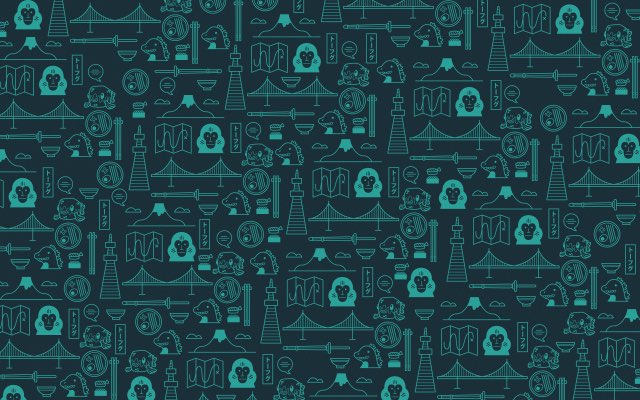You know Meowth from Pokemon? What’s up with that gold coin on his forehead? Have you ever wondered this? I know I have. Well this coin actually has a lot of history behind it. Plus, the gold used to make these coins came from one of Japan’s most important historical sites. These coins are called koban and they date all the way back to feudal Japan and the Edo period. How very, very exciting.
Please, Tell Me More
The magnificent koban was an oval gold coin equal to exactly one ryo, an early Japanese monetary unit (this got replaced by the yen after the Meiji era). The koban was a big part of the Tokugawa money system. How big, you ask? More on that later.
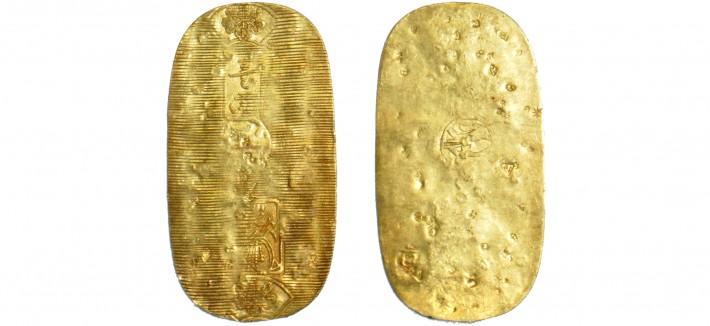
In the beginning, a koban was equal to one ryo and contained about one ryo’s worth of actual gold, so everything fit together all nice like. But with successive mintings, the gold content started to diminish and the actual value and the face value no longer matched up. Oops. Meowth does not approve.
The Exciting Economy of Japan’s Past
Back in the good ol’ days (pre 19th century), Japan’s economy was largely based on rice, the standard unit of measure being the koku. One koku was equal to the amount of rice needed to feed one person (or Meowth) for one year. Very specific. Also very large.
Farmers paid taxes in rice, vassals were paid with rice, rice was king back then. But then the Portuguese came to Japan in the 1550s and were all like, “What the heck are you guys doing?” The Portuguese had Japan get their act together and convinced them to use gold for foreign trade. The koban was equal to three whole koku of rice. That’s a lot.
Remember how I said that subsequent mintings of the koban debased in value? Well things got much worse as time went on. Feudal lords began minting their own koban and the value debased even further. The authorities of the time issued reform after reform but all efforts just debased the koban (among other coins) further. Counterfeit koban also started to run rampant.

By the time Commodore Perry visited Japan in 1853, older counterfeit koban was actually more desirable than current legitimate koban because the older counterfeits contained more gold than the newly minted ones! The Tokugawa regime was in deep financial straits by this point due to all the inflation. Things were bad.
After 1868 and the Meiji Restoration, the goofy koban system was finally discontinued and replaced with the yen which was based on Western standards. Everybody liked this system a lot more, and that’s why it’s still around today.
So Where’d All This Gold Come From?
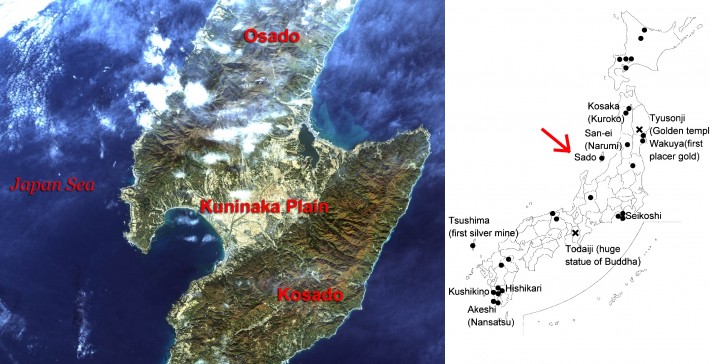
With all these koban coins floating around, the gold had to come from somewhere, right? Well, the gold for these koban coins came from a place called Sado Island. The Sado Gold mine is the island’s most important historical site and was in operation from 1601 all the way up to 1989. That’s 388 years! It was probably in operation for so long due to it being the largest gold mine in the whole stinkin’ country.
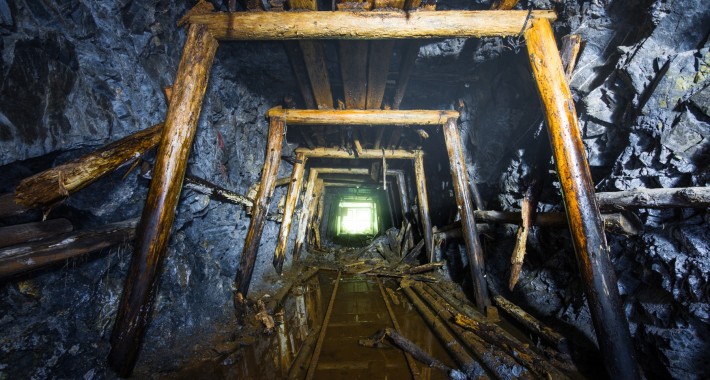
A whopping 15,000,000 tons of ore were mined from the place and it produced 78 tons of gold and 2,300 tons of silver. These riches helped finance the Tokugawa regime. The nearby town of Aikawa blew up after gold was discovered and the place became a booming mining town.
The working conditions weren’t so great here and men and children alike often worked in cramped and dangerous areas. However, the miners were paid well and only worked 4-hour shifts. Unfortunately, these men often died young due to all the respiratory diseases earned in the mines.
These days the mine is a museum, so that’s pretty cool. You can even tour one or both mine shafts and mechanized robots operate authentic machinery to really give you a good idea of what things were like back then. As far as I know, no one’s seen any Pokemon in the caves, but that doesn’t necessarily mean there aren’t any in there.
Koban Today
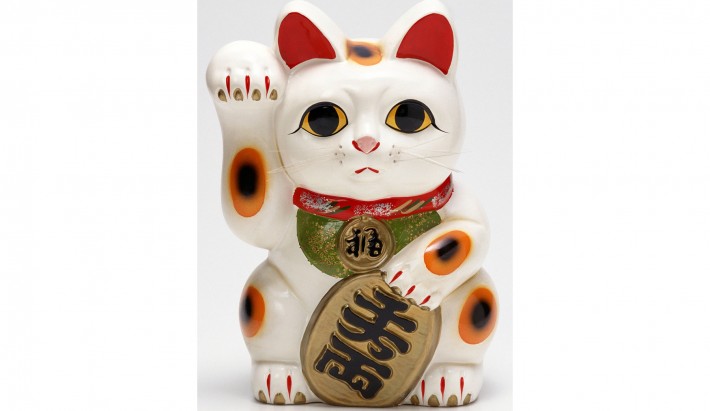
Armed with all this koban knowledge, now you know why Meowth has one of these plastered to his forehead. Koban are nifty little pieces of currency. You might also recognize them as being part of the iconic “Lucky Cats” you see around Japan and the rest of Asia along with various Asian restaurants.
For the coin collectors out there, a koban coin can be pretty expensive. A quick search on eBay shows these coins going for anywhere between $2,000 and $8,000 or even more. These coins are only about 1.5 inches long on average, so that’s a lot of money for such a little coin. But to some people, this price is well worth it. I mean, these coins are pretty neat after all.
I think these koban coins are pretty cool, but definitely too expensive for me to try and get my hands on one. What do you think about the museum though? I think it looks pretty interesting. I’d definitely hit it up if I was in the area. Would you go if given the chance? I know Meowth would.
